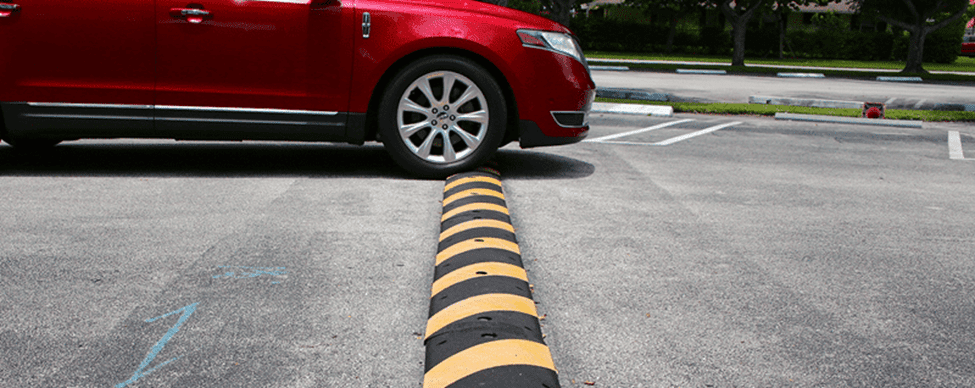Speed Cushions vs. Speed Bumps: Which Is More Effective?

Traffic calming measures are essential for reducing vehicle speeds and enhancing road safety. Two commonly used solutions are speed bumps and speed cushions. While both serve the same purpose, they have distinct designs and applications. This article explores the differences between speed cushions and speed bumps, helping you determine which option is more effective for your needs.
What Are Speed Bumps?
Speed bumps are raised sections of pavement that force drivers to slow down significantly. They are commonly found in areas where low-speed traffic is necessary, such as:
- Residential streets
- Parking lots
- School zones
- Private roads
Pros of Speed Bumps
✅ Highly effective at reducing vehicle speeds
✅ Easy to install and maintain
✅ Suitable for pedestrian-heavy areas
Cons of Speed Bumps
❌ Can cause discomfort for drivers and passengers
❌ May delay emergency vehicles
❌ Can lead to increased vehicle wear and tear
What Are Speed Cushions?
Speed cushions are similar to speed bumps but have strategically placed gaps that allow wider vehicles (like emergency vehicles and buses) to pass through with minimal disruption. They are often used on roads that need to balance speed control with emergency response efficiency.
Pros of Speed Cushions
✅ Slows down cars while allowing larger vehicles to pass freely
✅ Less impact on emergency services and public transport
✅ Encourages safer driving without causing complete stops
Cons of Speed Cushions
❌ More expensive to install than traditional speed bumps
❌ May not be as effective in slowing down motorcycles and smaller vehicles
❌ Requires precise placement for maximum effectiveness
Which Option Is More Effective?
The effectiveness of speed bumps versus speed cushions depends on the specific road conditions and traffic needs.
| Feature | Speed Bumps | Speed Cushions |
|---|---|---|
| Speed Reduction | High | Moderate |
| Emergency Vehicle Access | Limited | High |
| Cost | Lower | Higher |
| Best for | Private roads, school zones | Bus routes, emergency access roads |
- If your goal is maximum speed reduction, speed bumps are the better choice.
- If you need a balance between safety and accessibility, speed cushions are more effective.
Conclusion
Both speed bumps and speed cushions play a vital role in traffic control. The right choice depends on your specific needs—whether it’s strict speed control or maintaining emergency vehicle access. Consulting with local traffic experts can help ensure the best solution for your area.






